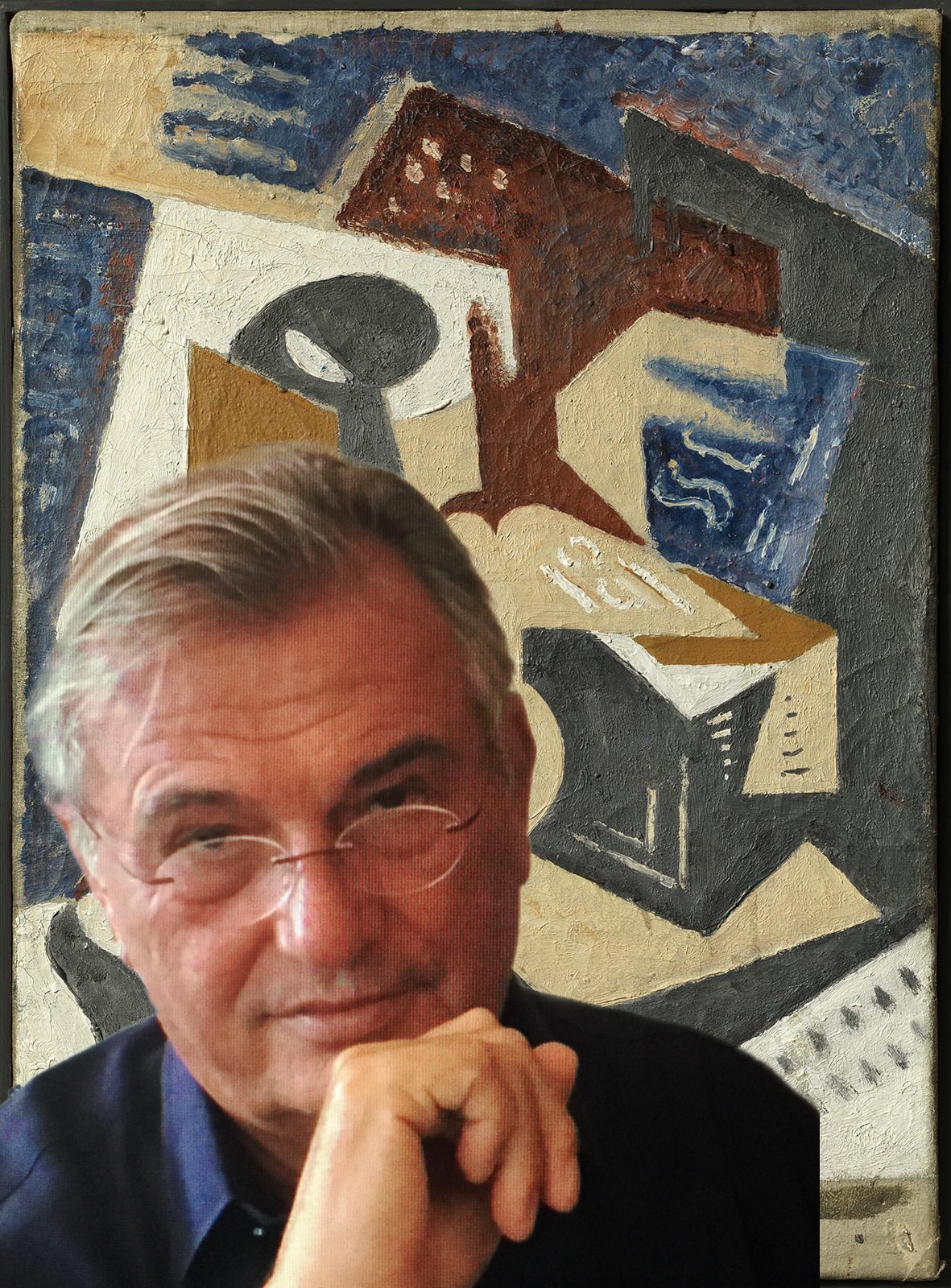
WHEN EXPERIENCE AND CRAFTSMANSHIP MEET CANVAS…

Patrice Bertin’s, one of the world’s foremost painting conservators, was born in France. He initially studied at the Académie Charpentier and the École Nationale Supérieure des Arts Décoratifs ENSAD.
He later transferred his notable conservation business and studio practice to New York City, where, for three decades, he successfully worked on countless Old Master collections by iconic artists such as Claude Monet, Pierre Bonnard, and Pablo Picasso, from institutions like Le Musée de la Marine in Paris, France, to the prestigious Wildenstein Gallery of New York City.
Having renovated and restored a vast number of oil paintings for galleries, museums, and private art collectors over the years, Mr. Bertin expertly understands the unique challenges that come with restoring a canvas-based oil painting.
Skills You Should Expect From A Professional Conservator
Click HereSpecialization and Technical Expertise:
Competence in advanced material analysis, experience with rare or complex media, and the ability to treat specific types of artwork.
Attention to Detail:
A keen eye for spotting subtle damages or changes in artworks is essential for quality results.
Knowledge of Conservation Ethics:
Understanding and applying conservation philosophies ensures that restorations respect the artwork’s historical context, which is highly valued by museums and collectors.
Record Keeping and Documentation:
Thorough photographic and written documentation supports provenance, insurance, and future treatment planning.
Problem-Solving Skills:
Ability to develop creative approaches for complex restoration issues demonstrating expertise.
A Conservator’s Core Ethical Standards
As established by the A.I.C/ American Institute For Conservators.
Minimal Intervention:
Conservators must prioritize preserving as much of the original material as possible, limiting changes to what is essential for preservation.
Reversibility:
Treatments should be reversible, enabling future removal or modification without damaging the artwork, which allows for evolving conservation technologies and philosophies.
Authenticity:
Maintaining the artist’s original vision and the historical context of the piece is valued, ensuring that restoration does not introduce anachronisms or false aging.
Respect For Integrity:
Every professional decision should protect the physical, aesthetic, and historical integrity of the object, reflecting high-level stewardship.
Transparency and Documentation:
Comprehensive records of condition, treatments, and materials used, paired with open communication with clients and institutions, are essential for professional trust and credibility.
Cultural and Historical Sensitivity:
Recognizing and respecting the cultural background and significance of artworks, including consulting with relevant communities, demonstrates ethical and socially aware practices.
Professional Accreditation and Industry Codes:
Adhering to the standards and guidelines set out by professional organizations and demonstrating ongoing education and accreditation.
Conservators who uphold these ethical standards are seen as more professional and trustworthy,
